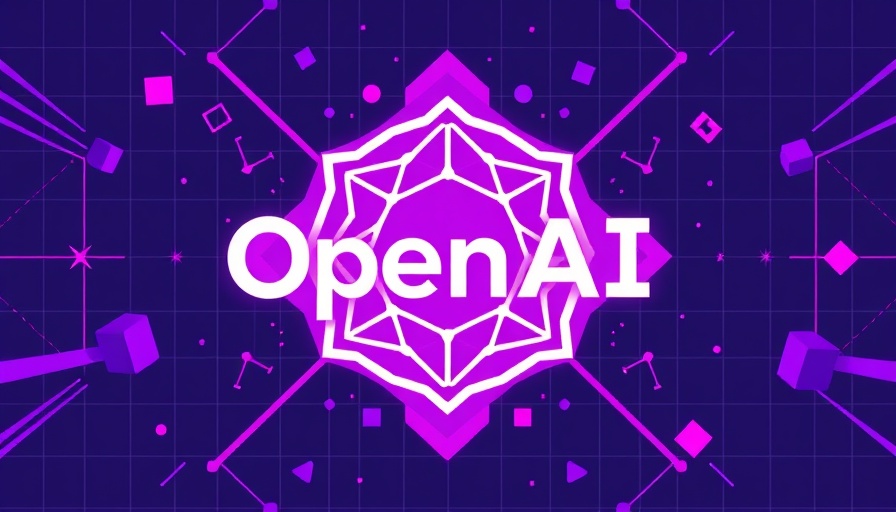
AI Testing Timelines: A Paradigm Shift
OpenAI has made headlines with its latest decision to drastically shorten testing timelines for its AI models from months to just days. This significant shift, reported by the Financial Times, raises important questions about the balance between speed and safety in AI development. It reflects a growing urgency in the tech landscape as companies race to innovate in a competitive market, especially with the rise of open-weight models from various competitors.
The Implications of a Rushed Testing Process
Sources within OpenAI have indicated that this expedited timeline has led to concerns about the robustness of the safety evaluations conducted on the new models. Previously, the company provided extensive periods for testing; for instance, staff confirmed that GPT-4 underwent a thorough six-month evaluation. Today, they are expected to complete evaluations in just a few days, raising alarms about the potential for serious risks being overlooked, including possibly dangerous capabilities like 'jailbreaking' AI systems.
The Risk-Reward Balance in AI Development
The motivation behind this rushed approach appears to stem from a desire to maintain a competitive edge. As innovators like the Chinese startup DeepSeek gain traction in the market, OpenAI recognizes the urgency in releasing updates to their models. However, insiders have likened the current method of testing to navigating a 'recipe for disaster'—a sentiment bolstered by claims that prior practices were more thorough even when the technology was less significant.
Concerns Over Regulatory Frameworks
This change occurs in a landscape where there is an absence of strict regulatory guidelines for AI testing in the United States. While companies like OpenAI are purportedly adhering to voluntary agreements with the Biden administration for testing protocols, these may soon become obsolete as administrative changes take place. Without a national framework to regulate AI, the potential for mishaps grows, making robust testing practices even more critical.
Insights for Executives and Decision-Makers
For executives and decision-makers, this evolving landscape presents both challenges and opportunities. Organizations looking to incorporate AI into their strategies must recognize the fluctuating standards of safety testing and remain aware of the competitive pressures that can impact them. Moreover, navigating the complexities of a non-uniform regulatory environment can create risks but also opens doors for proactive compliance initiatives.
Final Thoughts: The Future of AI Testing
In conclusion, the dramatic shift in OpenAI's testing timelines is more than just a logistical adjustment; it represents a critical juncture in the evolution of AI technology. As the industry moves forward, vigilance in model testing and an understanding of the broader regulatory environment will be paramount for organizations committed to leveraging AI responsibly.
 Add Row
Add Row  Add
Add 




Write A Comment